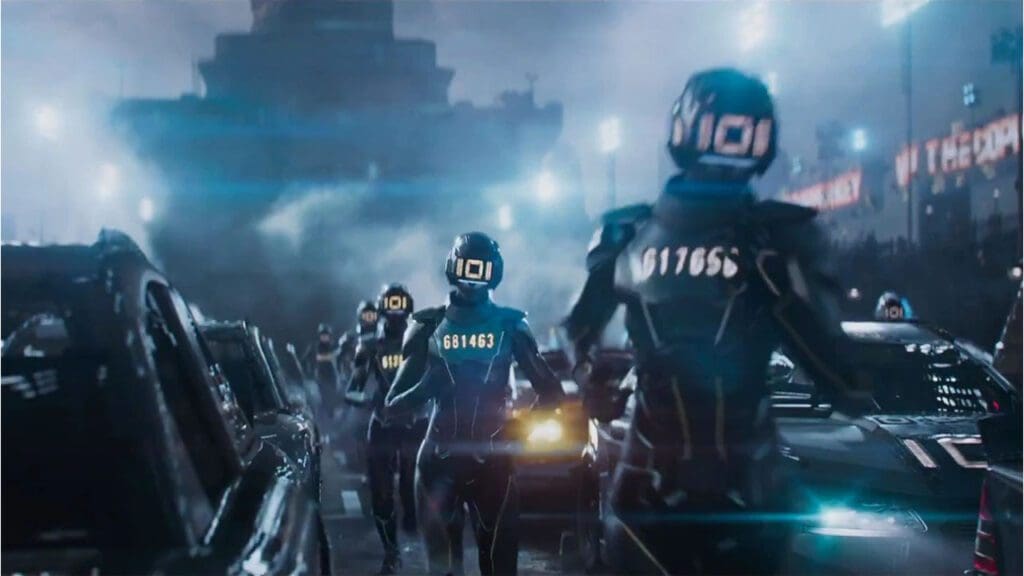
Decoding the Metaverse Economy: Insights and Trends
The metaverse industry has experienced significant hype, particularly driven by Facebook’s rebranding and strategic pivot toward this space.
This increased market popularity has allowed metaverses like Decentraland and Sandbox to rapidly attract a large audience.
Futurists are lauding the Metaverse as the next evolution in our “web-surfing” experience, presenting a virtual world complete with its own economy, currency, and virtual lands. In this article from Metaverseplanet, our goal is to address the question, “What is the Metaverse economy?”
Digital items in the metaverse: NFTs

NFTs, as unique codes within a blockchain’s smart contract, offer versatile applications in society. For instance, a smart contract can be configured to ensure that a portion, let’s say 5%, of the royalty revenue generated from the sale of an NFT representing a piece of land in the metaverse goes directly to the creator.
Creators who are active in the metaverse domain have the opportunity to monetize their creativity directly without the need for intermediaries. Take, for instance, The Sandbox, where creators can develop their own metaverse experiences and use programs like Vox Edit to create NFTs that users pay to access.
Furthermore, if there’s a high demand for a particular land NFT, the owner of that specific area in The Sandbox can lease the NFT to earn passive income. The possibilities in the Metaverse are vast, and we are only scratching the surface. NFTs not only enable these opportunities but also grant ownership rights over digital assets.
Metaverse, DeFi and Web3

In the Web2 era (2000-2010), numerous platforms like TikTok, Spotify, Instagram, and YouTube emerged, providing creators with opportunities to monetize their content. However, many content producers argue that the compensation they receive for their work is not equitable. For instance, the average YouTuber with one million subscribers earns around $60,000 annually from advertising revenue, while the ad revenue generated by YouTube through their content is significantly higher.
Web3, a concept focused on decentralization, aims to address these issues by eliminating intermediaries. The new internet it envisions promises a decentralized metaverse where creators have the freedom to build their virtual worlds and communities. In this decentralized environment, content creators can earn income through various means, including NFTs.
These NFTs can represent digital products sold in marketplaces (such as wearables and gaming assets), access to special events in both the physical and digital realms, merchandise, or any other offerings driven by fan demand. This new era allows creators to be much more connected with their followers. Decentralized finance, which utilizes blockchain technology and removes intermediaries like banks, forms the backbone of this emerging virtual economy.
Currencies of the Metaverse: Cryptocurrencies

In the past, creators had limited influence and earned relatively little from community engagement. The Metaverse is set to change this dynamic by fostering inclusivity and leveraging tokenized assets on the blockchain.
Creators now have the ability to establish community tokens, akin to ‘Mana’ by Decentraland and ‘SAND’ by The Sandbox. These community tokens provide holders with a sense of identity. When communities operate as DAOs (Decentralized Autonomous Organizations), token holders can actively participate in decision-making processes by voting on social channels like Discord, thus influencing the project’s future.
All transactions within these communities are recorded on the blockchain. As a result, creators who contribute significantly to their communities can be rewarded in various ways, including tokens, NFTs, or voting power, providing a fair and transparent system for acknowledging and compensating contributors.
NFTs extending into the physical world

The Metaverse economy is poised to be strongly influenced by NFTs, which can also offer real-world utility based on the creator’s vision. Creators have introduced NFT collections that not only accrue value in the virtual realm but also provide tangible benefits in the physical world.
For instance, an NFT may grant membership to a real-life VIP club or restaurant, offering real-world experiences. Simultaneously, these NFTs can also provide exclusive access to special locations within the metaverse. The incorporation of real-life use cases enhances the intrinsic value of NFTs, contributing significantly to the growth of virtual economies.
The game

By 2023, the global gaming community is expected to exceed 3 billion players, establishing game development as a crucial component of the metaverse economy.
Given their widespread appeal and substantial purchasing power, games are positioned at the forefront of the virtual economy. Gamers, particularly from Generation Z, engage in purchasing in-game ‘skins’ to customize their avatars, contributing to a multi-billion dollar industry.
As users become more familiar with the mechanics of the metaverse, the play-to-earn (P2E) game model is expected to play a significant role, allowing users to generate income simply by participating in the gaming experience.
You may also like this content
- Analyst Warns: Axie Infinity (AXS) in Danger of Fall
- Record Sale: Virtual Land in Axie Infinity Fetches $2.4 Million
- Zignaly Joins Forces with Blokopia: 2 Altcoins Shake Hands
Follow us on TWITTER (X) and be instantly informed about the latest developments…












